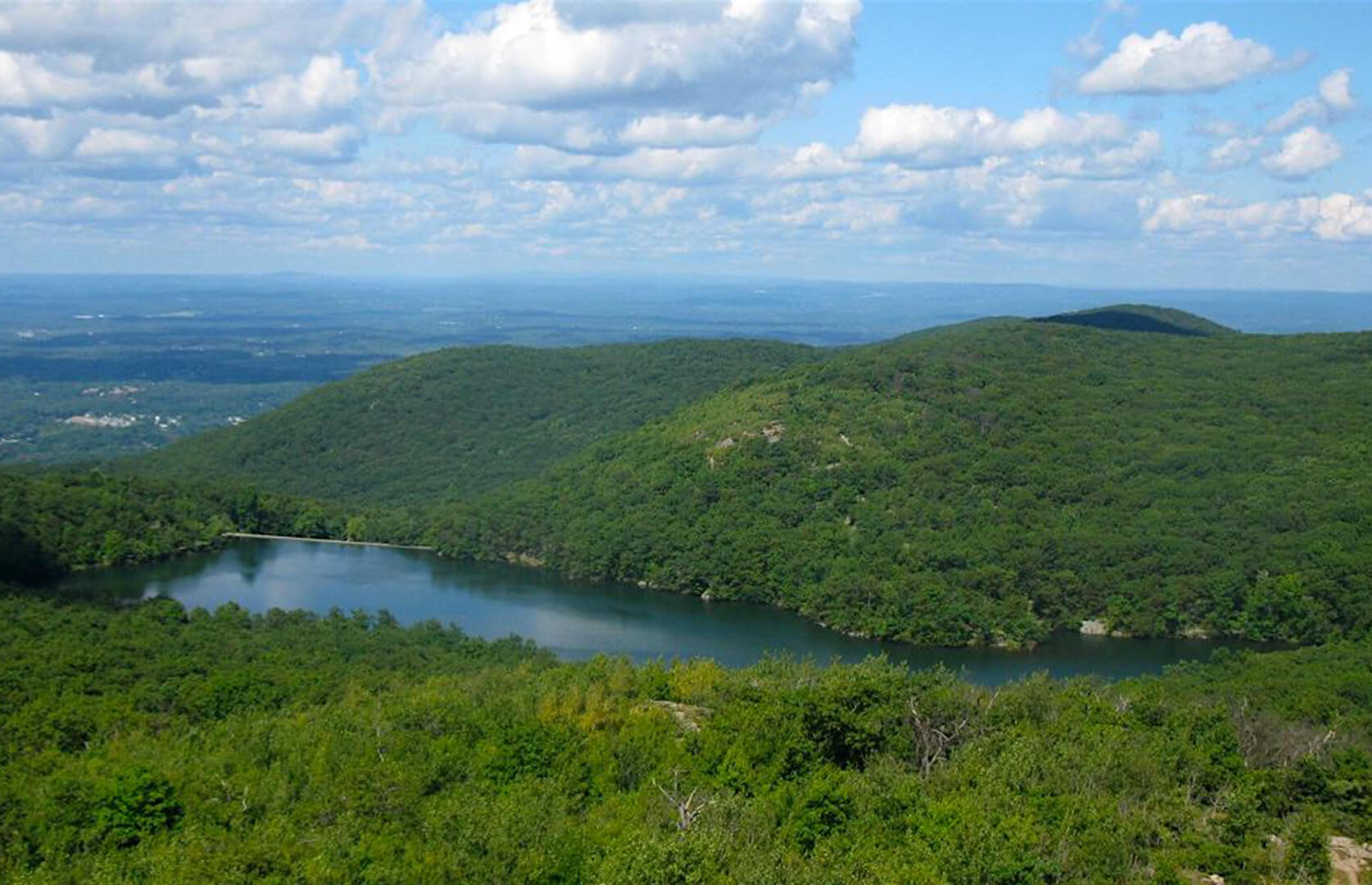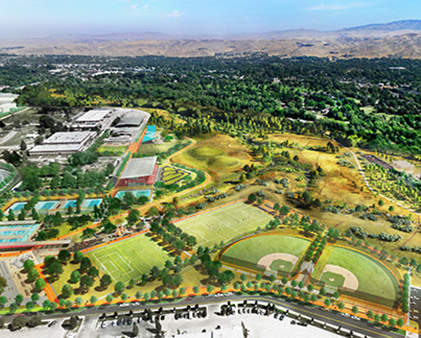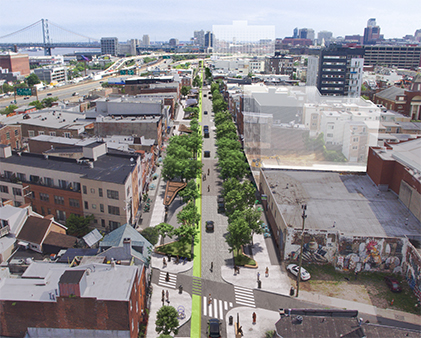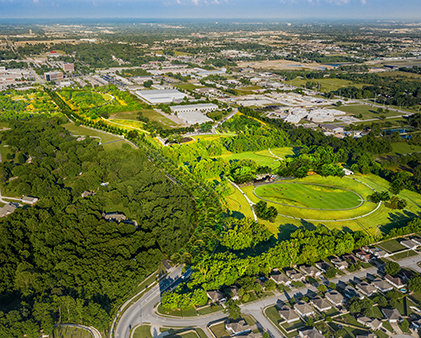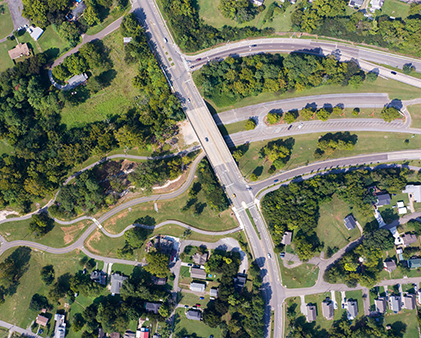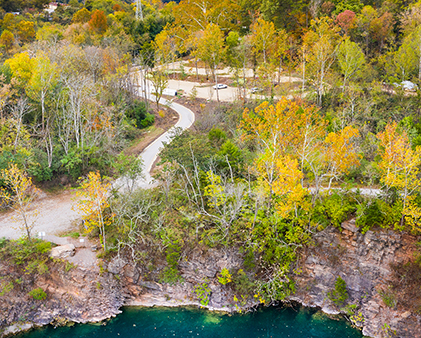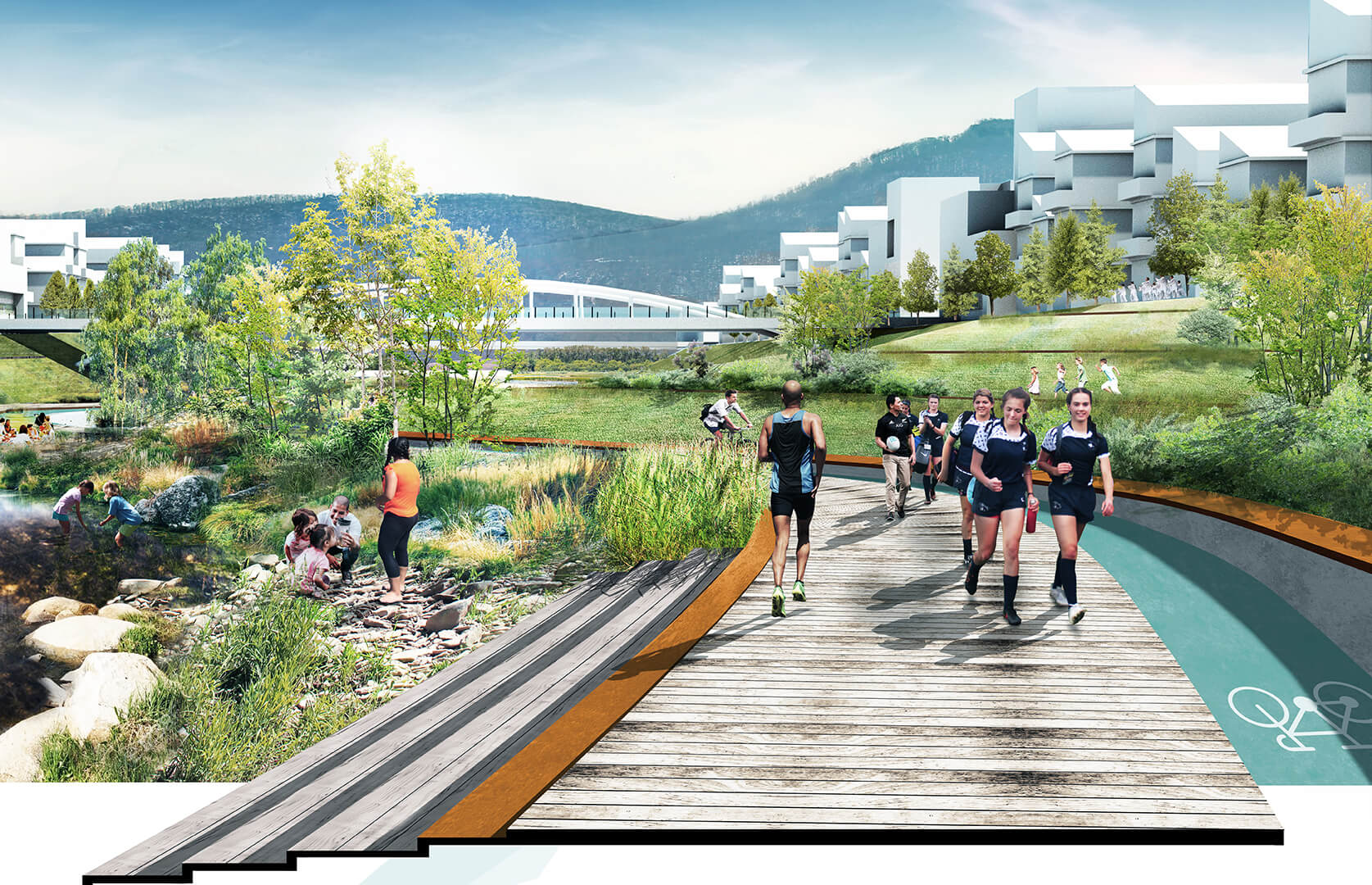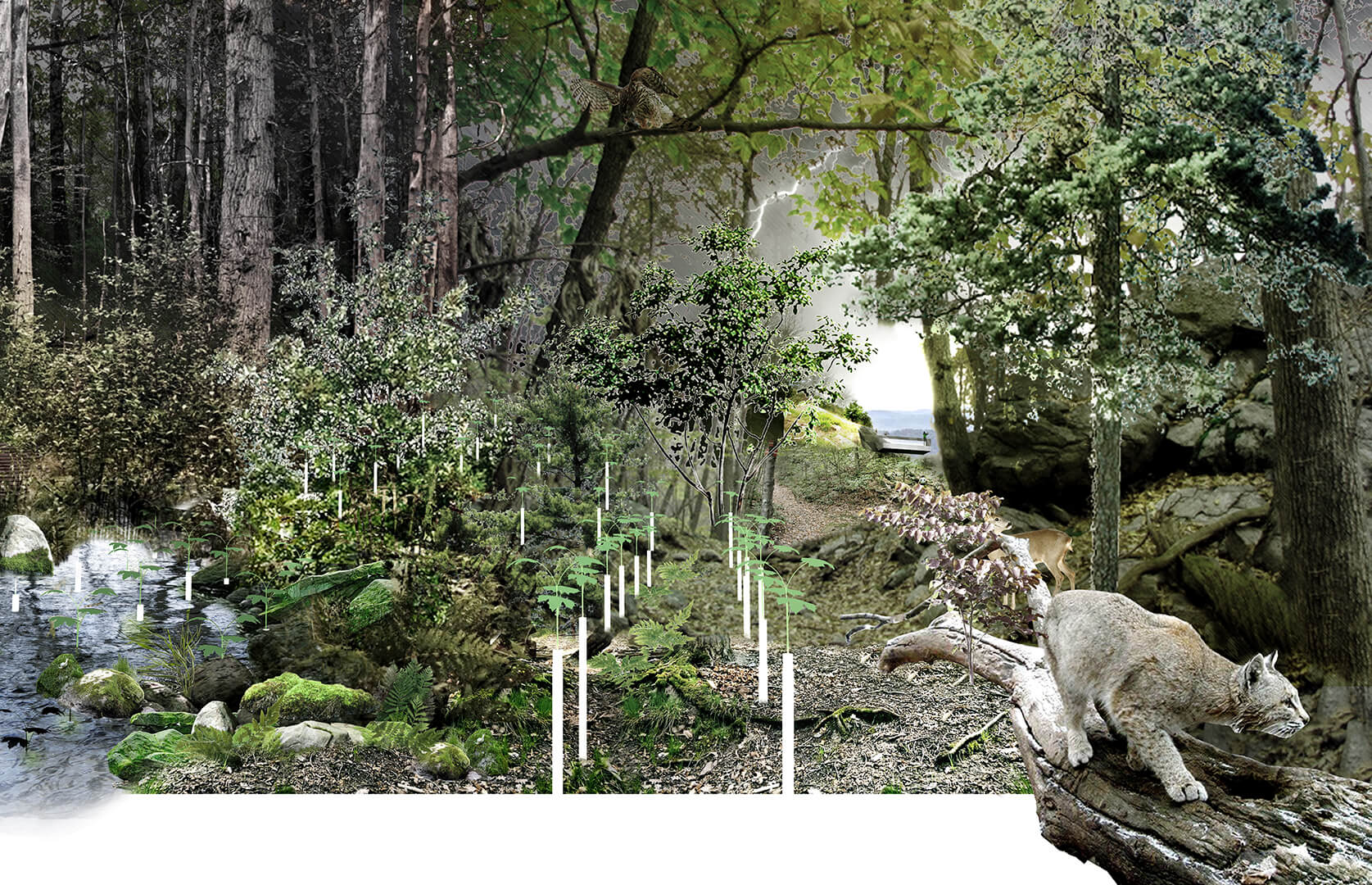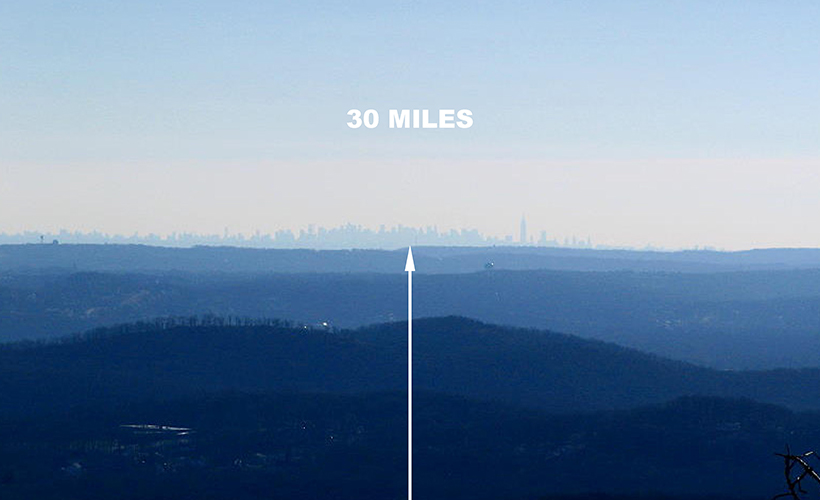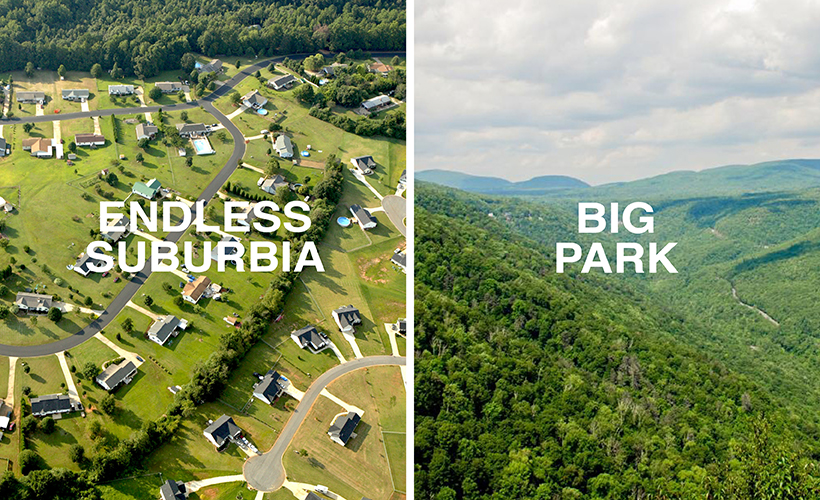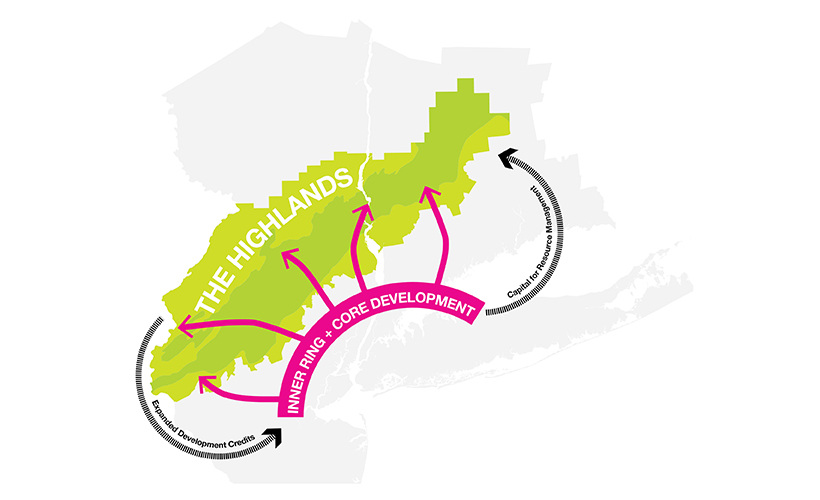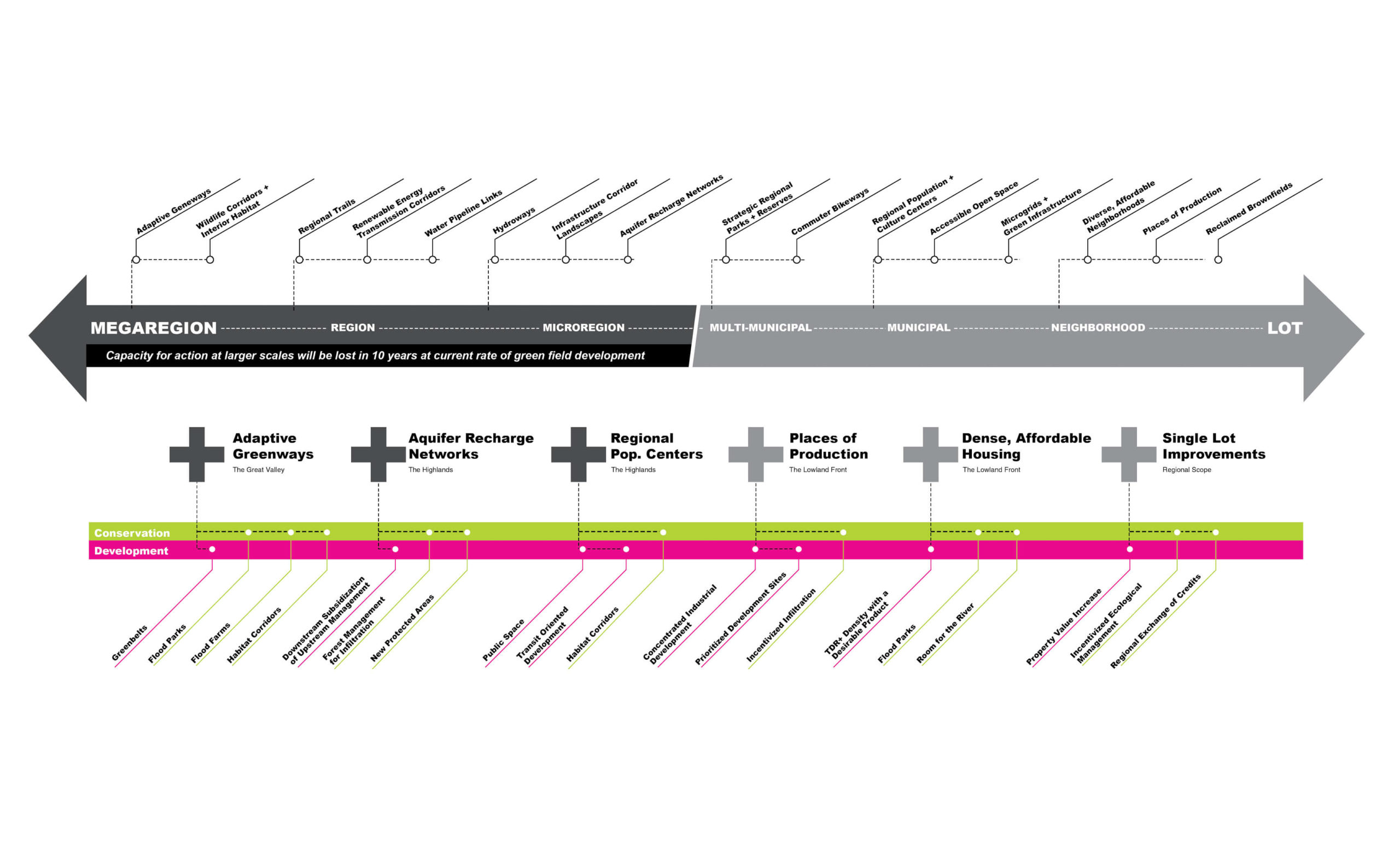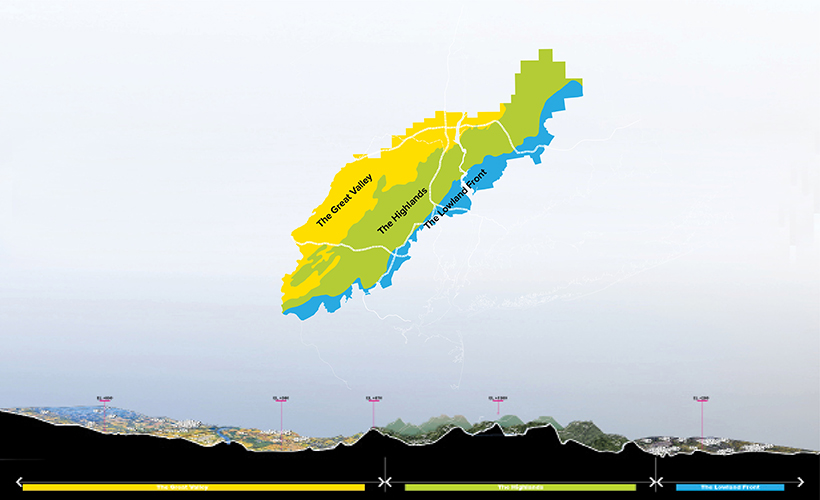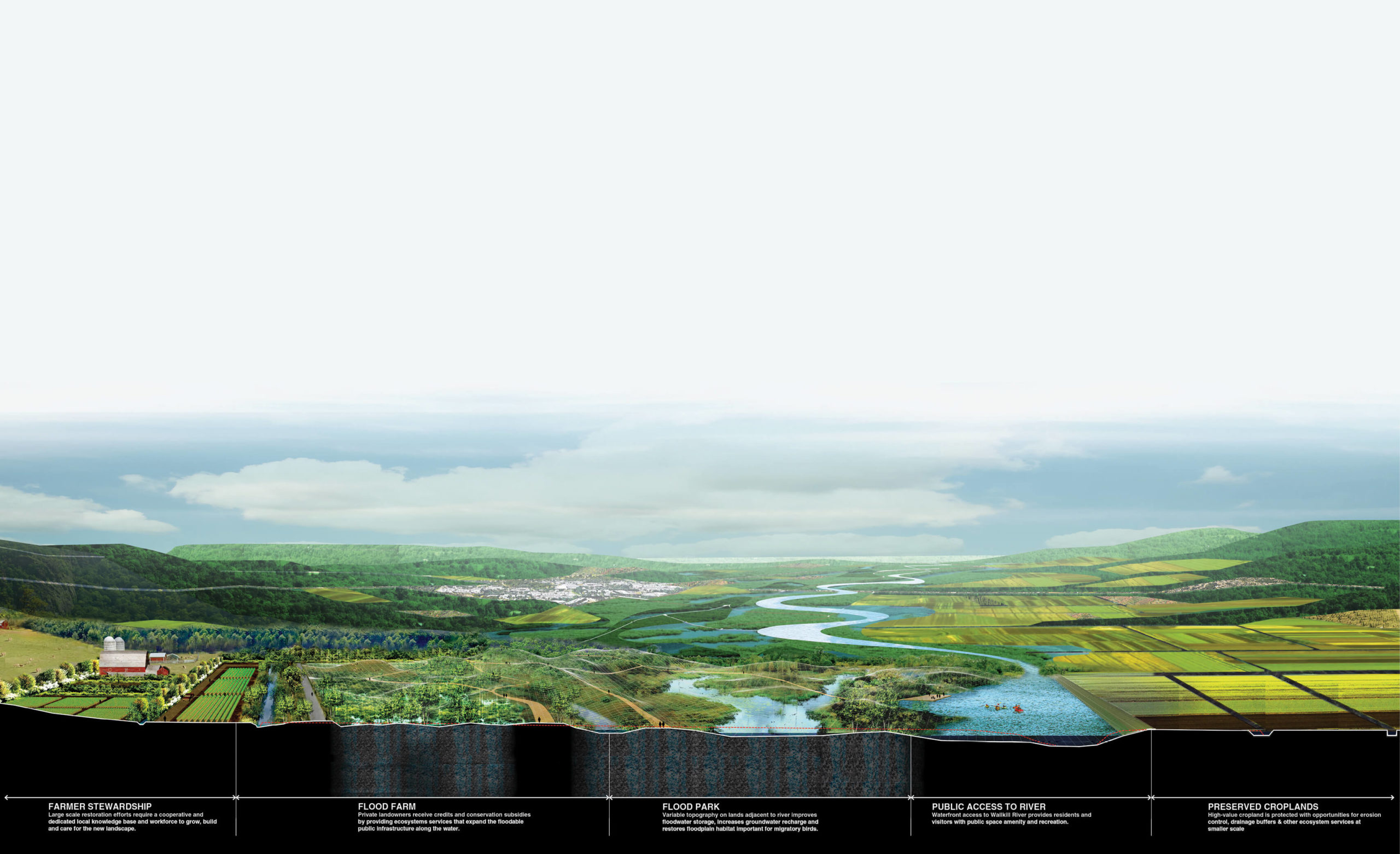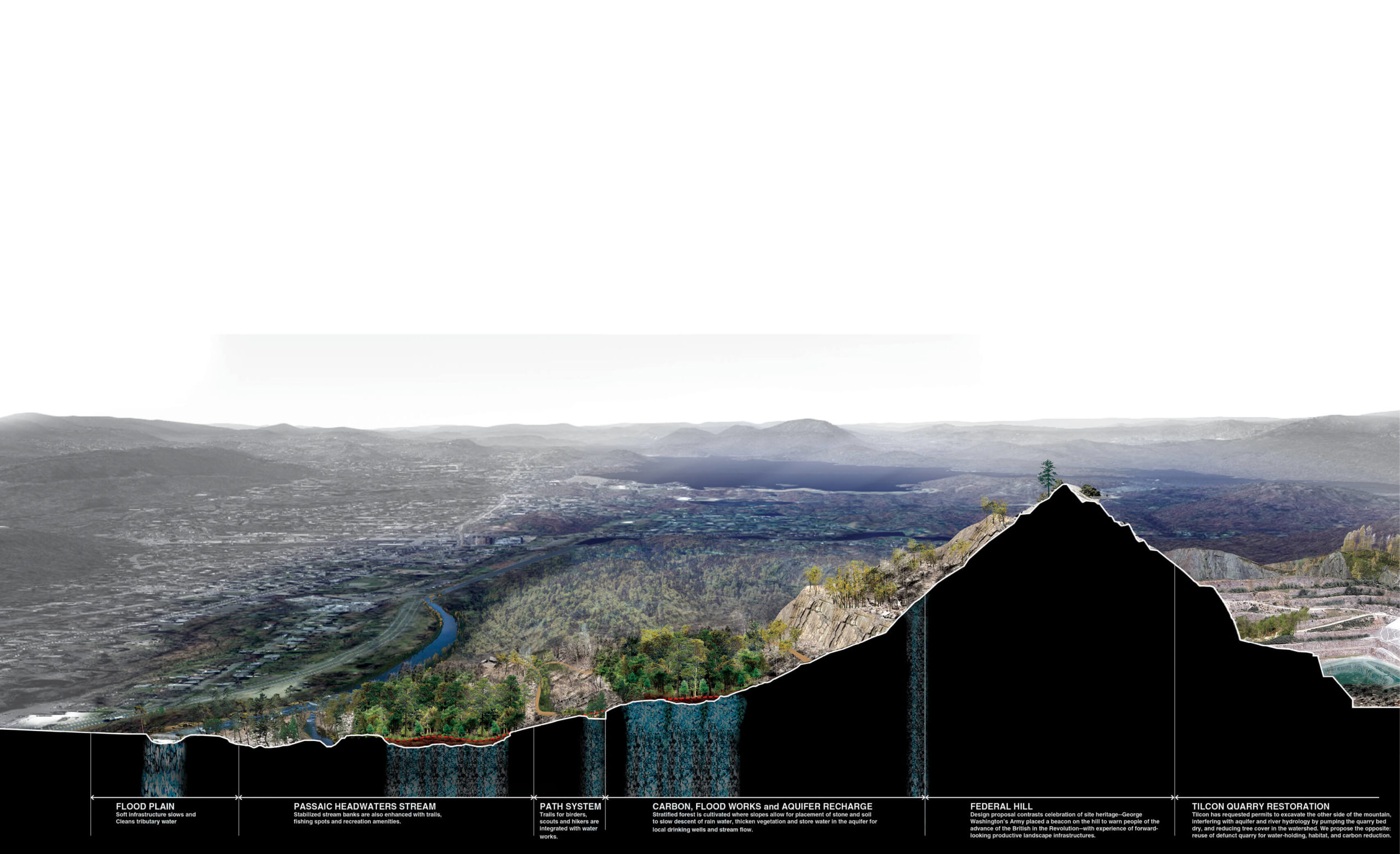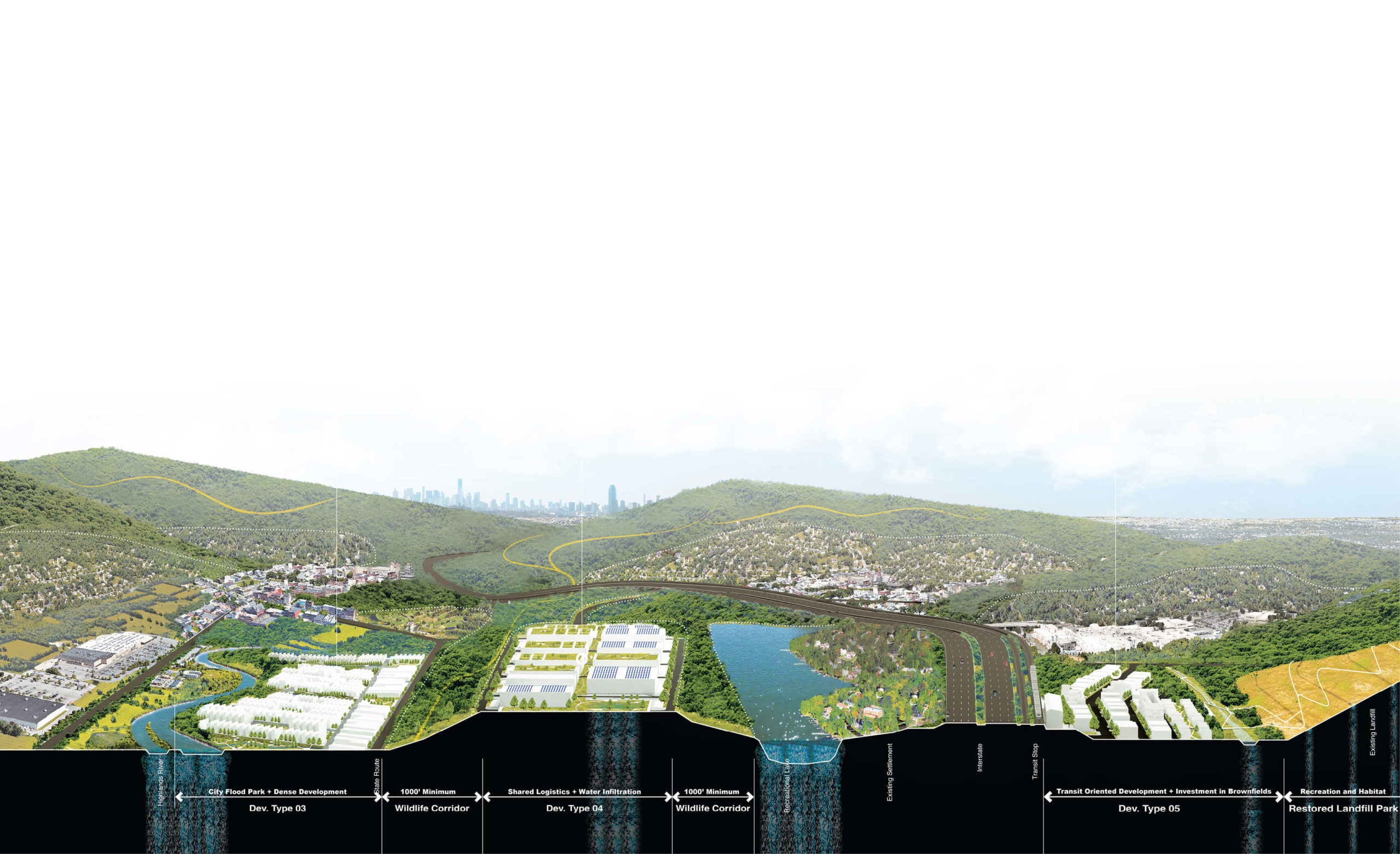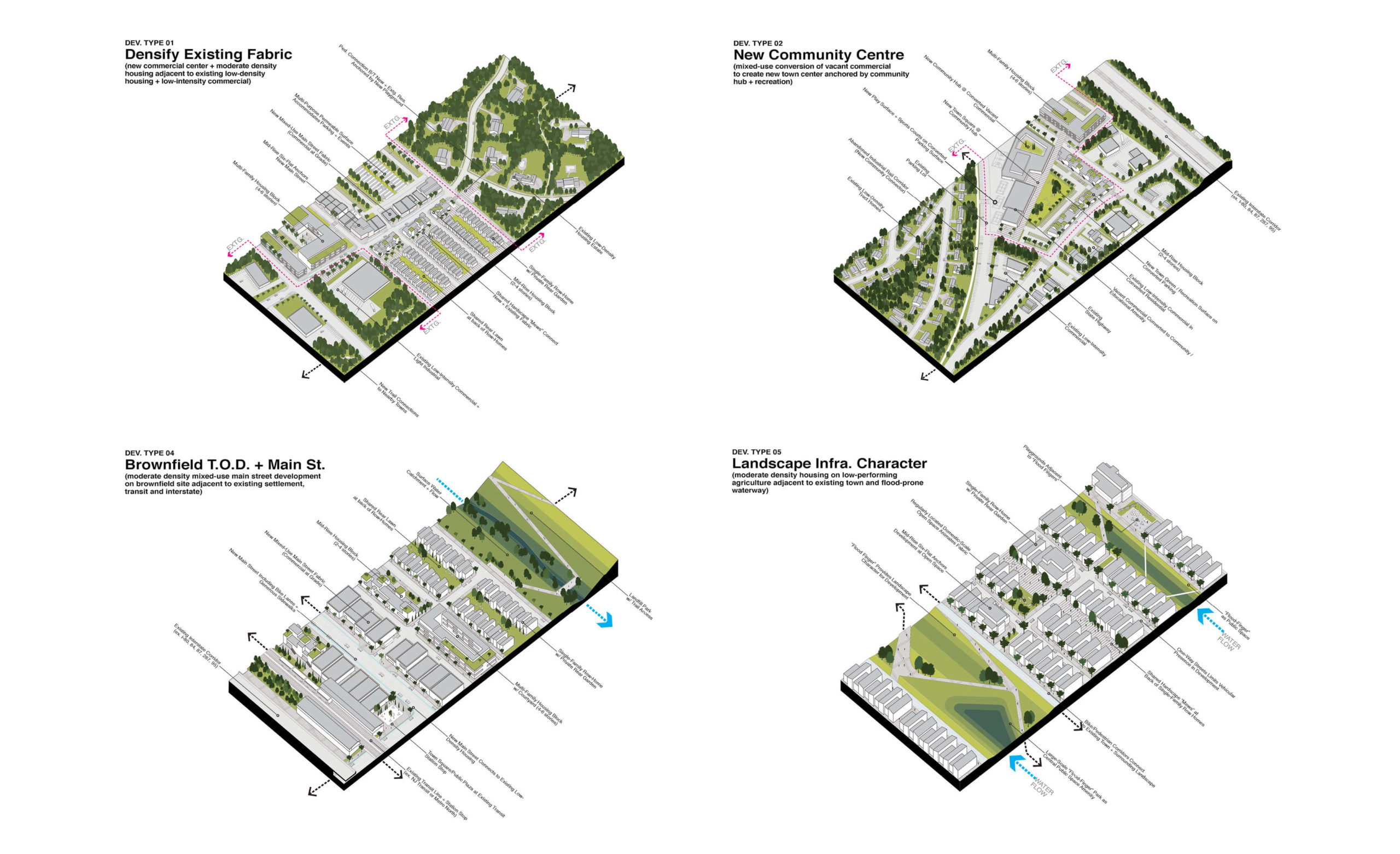The Highlands of New York and New Jersey provide the drinking water, air quality, recreational space and ecological health to much of the New York City metropolitan region, northern New Jersey, and western Connecticut.
REGIONAL PLAN ASSOCIATION OF NEW YORK / ROCKEFELLER FOUNDATION
Highlands Corridor RPA 4th Regional Plan
New York Metropolitan Area
PORT was selected by the Regional Plan Association of New York to assist in evaluating the design potentials of recommendations that were outlined in the Fourth Regional Plan. PORT’s work focused on The Highlands, an area stretching from Pennsylvania to Connecticut at the base of the Eastern slope of the Appalachian Mountains. This study area is not a singular condition. It is a collection of distinct, highly charismatic landscapes. At just over 30-miles from New York City’s urban core, these landscapes are the metropolitan region’s “near nature.” The essential ecosystem services this area provides are currently able to support the region’s existing population. However, as the region’s population grows, there is the risk of this carrying capacity reaching its limits and being permanently lost. As a means of addressing this threat, the PORT team proposed an approach that intertwines conservation and development by monetizing ecosystem services.
COLLABORATORS
Architect: Range
AWARDS
2018 AIA Philadelphia Honor Award
SERVICES
Landscape + Urban Planning
Possible Futures
The principal threat to the capacity for ecosystem services is the fragmentation of open space. There is a direct relationship between the regional capacity and the population. Currently, the highlands capacity is able to support the extant population. However, as the population continues to grow, this capacity will be reduced.
Conservation + Development
In order to achieve the interconnection aspirations outlined in the Fourth Regional Plan, action must be taken across a range of two scales: 1) Incentivize and optimize concentrated development and 2) Leverage regional infrastructure investment. Capacity must be expanded in parallel with development.
The Great Valley
We propose a working rural landscape in order to provide landowners with an economic return from their land. Policy incentives allow for the creation of large-scale landscape infrastructure for flood control, recreation, habitat, water quality, carbon sequestration and to boost the economies of towns and farmers.
The Lowland Front
We propose hybrid development activity in order to tie landscape performance and character (ecosystem service upgrades) to incentives related to the production of newly concentrated settlements in low-ecological value landscapes adjacent to, or nearby existing population centers and transport.
Promoting Conservation
In order to promote conservation through monetization, we have identified five prototypical conditions within the Lowland Front: 1) Densify Existing Fabric; 2) New Community Centre; 3) Shared Industrial Platform; 4) Brownfield T.O.D. + Main St; 5) Landscape Infrastructure Character.
The Highlands is not Yellowstone, nor is it the Big Apple, but its charisma comes from its hybridity between development, industry, recreation, and ecology.
